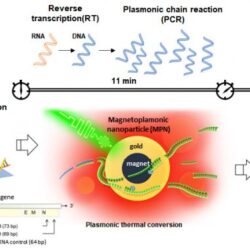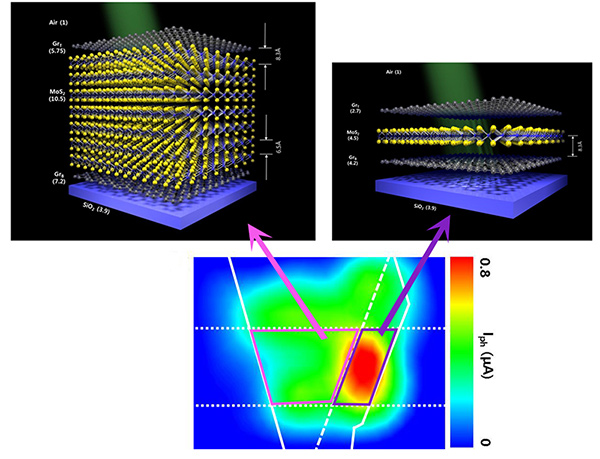nanoPCR technology can accurately diagnose the infection in less than 20 minutes with zero false positive and false negative
A “nanoPCR” technology was developed for the point-of-care (POC) diagnosis of coronavirus disease-19 (COVID-19). This new technology can diagnose the infection within ~20 minutes while retaining the accuracy of conventional reverse transcription polymerase chain reaction (RT-PCR) technology. A team of researchers led by Professor CHEON Jinwoo, the director of the Center for Nanomedicine (CNM) within Read more about nanoPCR technology can accurately diagnose the infection in less than 20 minutes with zero false positive and false negative[…]



